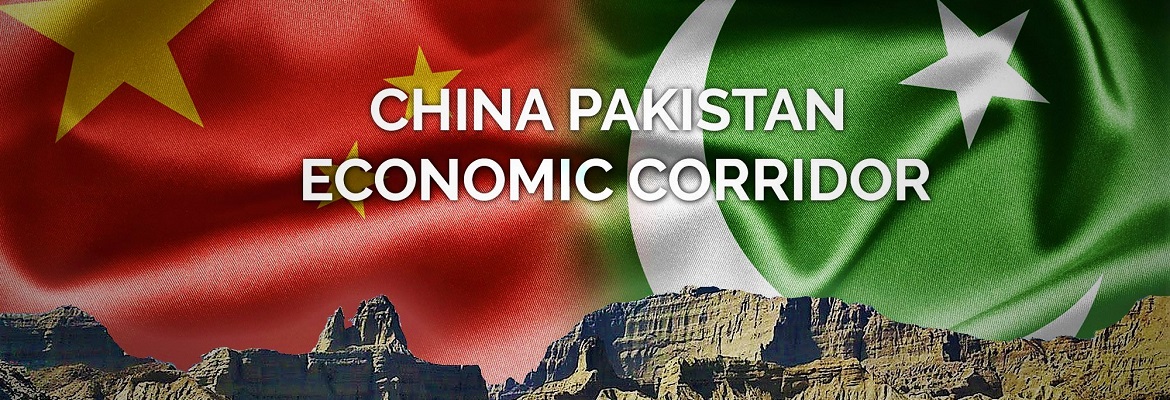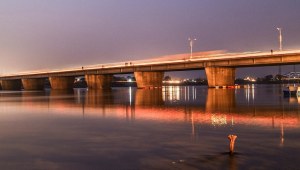Islamabad: Pakistan has completed a list of more than 70 projects for collaboration with China under the second phase of the China-Pakistan Economic Corridor (CPEC), as reported on September 24.
Read: Sukkur-Hyderabad Motorway may become part of CPEC
As per details, these projects, spanning sectors such as infrastructure, energy, trade, and technology, will be presented to the Chinese Prime Minister next month, according to sources from the Ministry of Planning, Development, and Special Initiatives.
Officials from the Ministry stated that while CPEC’s first phase was a resounding success, the second phase aims to deepen cooperation between the two nations by expanding the scope of development projects.
As part of this effort, Pakistan and China have agreed to prioritize five new development corridors focused on growth, innovation, green development, livelihood improvement, and regional connectivity. These corridors are designed to broaden CPEC’s reach, making the initiative more comprehensive and inclusive.
Read: Pak, China for timely completion of CPEC projects
During a recent visit to China, Pakistan’s Minister for Planning, Development, and Special Initiatives, Ahsan Iqbal, met with the Vice Chairman of the National Development and Reform Commission (NDRC). The two sides agreed to organize a high-level workshop to align Pakistan’s 5Es framework with the proposed five corridors, as well as President Xi Jinping’s eight-point agenda under the Belt and Road Initiative.
Among the key projects set for collaboration are follow-up technical support for the New Gwadar International Airport, the second phase of the East Bay Expressway, and the realignment of the Karakoram Highway (Raikot-Thakot section).
Read: Kakar stresses on Pak-China close coordination for completion of CPEC projects
The government is also keen on pushing forward two critical infrastructure projects: the Main Line 1 (ML-1) railway and the Karachi Circular Railway (KCR). These are seen as pivotal to enhancing Pakistan’s transportation infrastructure. On the energy front, Pakistan is proposing projects like the GEIP LNG terminal and the expansion of the National Refinery, alongside plans to develop the Suki Kinari Hydropower Station and the Siyadik Copper Project. These projects aim to bolster the country’s energy production and mineral resources.
In the industrial sector, initiatives such as the Dhabeji Special Economic Zone and the Rashakai Industrial Park are being put forward to boost economic cooperation and industrial development between Pakistan and China.
Read: ’36 projects worth USD 24bn completed under CPEC, 22 underway’
Other proposed projects include the Omara Port ship repair facility and agricultural initiatives like the buffalo breeding and dairy processing project. These efforts are part of a broader cooperation framework aimed at strengthening various sectors of Pakistan’s economy.
In the realm of science and technology, Pakistan is seeking China’s assistance in establishing the China-Pakistan Earth Science Research Centre and facilitating collaboration between five Pakistani universities and the China-Pakistan Belt and Road joint labs focused on disaster prevention.
Livelihood improvement projects also feature prominently in the second phase of CPEC, with proposals for vocational and technical exchange programs, joint agricultural technology labs, and support for repairing flood-affected homes. These initiatives aim to uplift communities while addressing climate change challenges.
Read: Gwadar gets its first hospital under CPEC initiative
The digital economy is another focal point, as Pakistan looks to collaborate with Chinese firms to enhance digital infrastructure, expand cooperation in cloud computing, big data, and software development, and strengthen network security.
This comprehensive list of projects reflects Pakistan’s ongoing efforts to deepen its economic partnership with China, building on the achievements of the first phase of CPEC. The proposed initiatives are expected to strengthen Pakistan’s infrastructure, energy resources, industrial growth, and digital transformation, while enhancing regional connectivity and promoting sustainable development.








